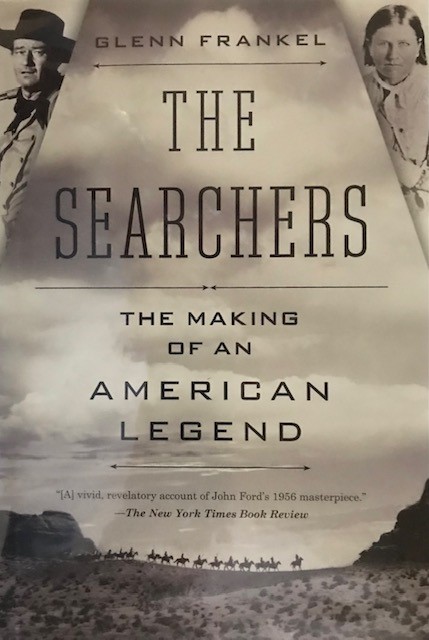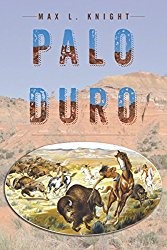
Having just returned from the Turner Classic Movie Festival which ran from April 18-21, 2024, I thought to comment on the 1960 epic film which was produced, directed, and also starred legendary actor John Wayne. It wasn’t one of the films shown at the festival, however, there have been discussions about restoration of the original 70mm film though, to date, no funding has been allocated for the project.

Financial support and budget disputes have always been a factor. Wayne left Republic Studios and formed his own production company, Batjac Pictures, investing 1.5 million dollars of his own money to get the movie made. It took two years to build a 3/4 scale full replica of the Alamo mission in Brackettville, Texas. Filming began in 1959 with the World Premiere taking place at the Woodlawn Theater in San Antonio, Texas, October 24,1960.
Historically inaccurate, advisors/historians Lon Tinkle and James Frank Dobie had their names removed from the final credits, and the film opened to mixed reviews. Nonetheless, the epic film garnered seven Academy Award nominations:
Best Motion Picture/Best Supporting Actor/Best Cinematography – Color/Best Film Editing/Best Music Score/Best Song/ and Best Sound – Winner.
What does this have to do with my book, Ghostly Bugles? For the answer to that question, look to the Acknowledgements at the end of the novel, some of which I’ve quoted below.
Although the movie was not a critical success at the time, over the decades the film has become more widely appreciated due in no small part to its epic scope and the accompanying musical score. The music was written by the famous Hollywood film score composer Dimitri Tiomkin, who also wrote the lyrics to the 1960 song “Ballad of the Alamo,” which was sung by recording artist Marty Robbins. The score and the song greatly added to the action taking place on screen, and even though I was only eleven years old when the movie was released, to this day I still listen to the music and remember all the words to the ballad. The ballad, a song that tells a story in narrative style, may no longer be a genre in vogue with today’s audiences, but it captured my imagination as a child and stuck with me long after the film’s closing credits. All these years later it inspired the title to my book.
I’m certainly aware of the historical inaccuracies in the movie. However, I believe that its homage to courage and sacrifice still resonates, and it remains an entertaining film that has achieved “classic movie” status. The more recent film by director John Hancock is much truer to the actual events but, possibly because it does adhere more closely to historical facts, didn’t elicit the emotional response from the viewing audience that the older version does. On my behalf, I’m sure that’s partially because I have always been a huge John Wayne fan. I’ve written before of my love of the old westerns, and “the Duke” was unquestionably one of the biggest western stars of that era.
While attending the TCM Festival I had the opportunity to see the newly restored version of The Searchers, directed by the John Ford and starring John Wayne. The American Film Institute ranked it #1 among all western films ever made, but that is a post for another day.
The importance of the 1960 film, “The Alamo”, is reflected in the inclusion of the marquee poster and information about the film in the newly opened artifact exhibition at the Ralston Family Collections Center in Alamo Plaza.
Ghostly Bugles owes a debt of gratitude to the Alamo Trust for its day-to-day management of the Alamo grounds and activities at the historic site, and to the many film adaptations and books about the 1836 siege and battle that inspired it. My novel is available for purchase at Amazon.com and most other online bookstores.














